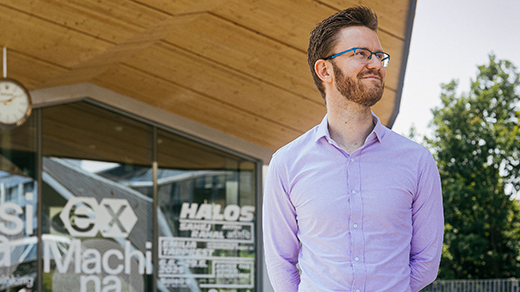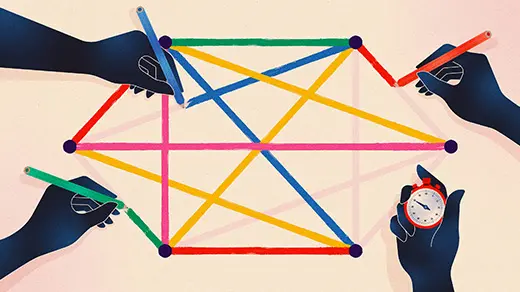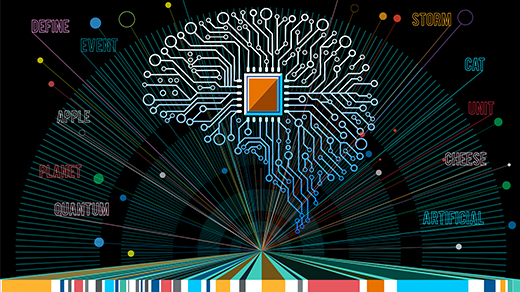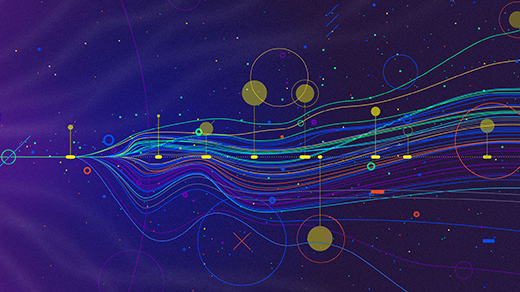What's up in
Computer science
Latest Articles
Researchers Uncover Hidden Ingredients Behind AI Creativity
Image generators are designed to mimic their training data, so where does their apparent creativity come from? A recent study suggests that it’s an inevitable by-product of their architecture.
How AI Models Are Helping to Understand — and Control — the Brain
Martin Schrimpf is crafting bespoke AI models that can induce control over high-level brain activity.
New Quantum Algorithm Factors Numbers With One Qubit
The catch: It would require the energy of a few medium-size stars.
How Can AI Researchers Save Energy? By Going Backward.
Reversible programs run backward as easily as they run forward, saving energy in theory. After decades of research, they may soon power AI.
For Algorithms, a Little Memory Outweighs a Lot of Time
One computer scientist’s “stunning” proof is the first progress in 50 years on one of the most famous questions in computer science.
The Fastest Way Yet to Color Graphs
Researchers have devised a scheme for painting the edges of a graph that’s almost as speedy as possible.
Will AI Ever Understand Language Like Humans?
AI may sound like a human, but that doesn’t mean that AI learns like a human. In this episode, Ellie Pavlick explains why understanding how LLMs can process language could unlock deeper insights into both AI and the human mind.
Science, Promise and Peril in the Age of AI
An exploration of how artificial intelligence is changing what it means to do science and math, and what it means to be a scientist.
Where Do Scientists Think This Is All Going?
We asked some of the world’s foremost experts an impossible question. Amazingly, they answered.








